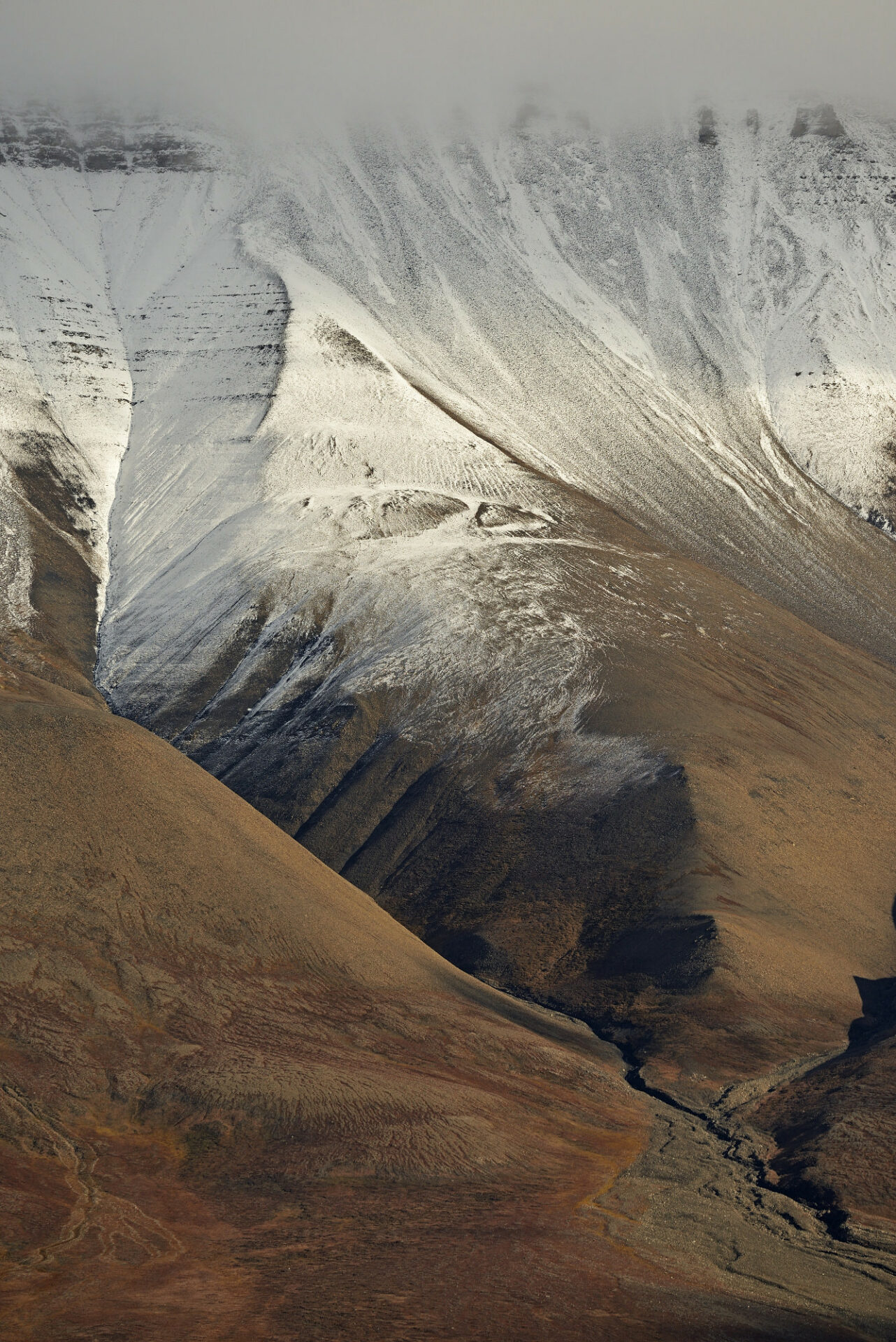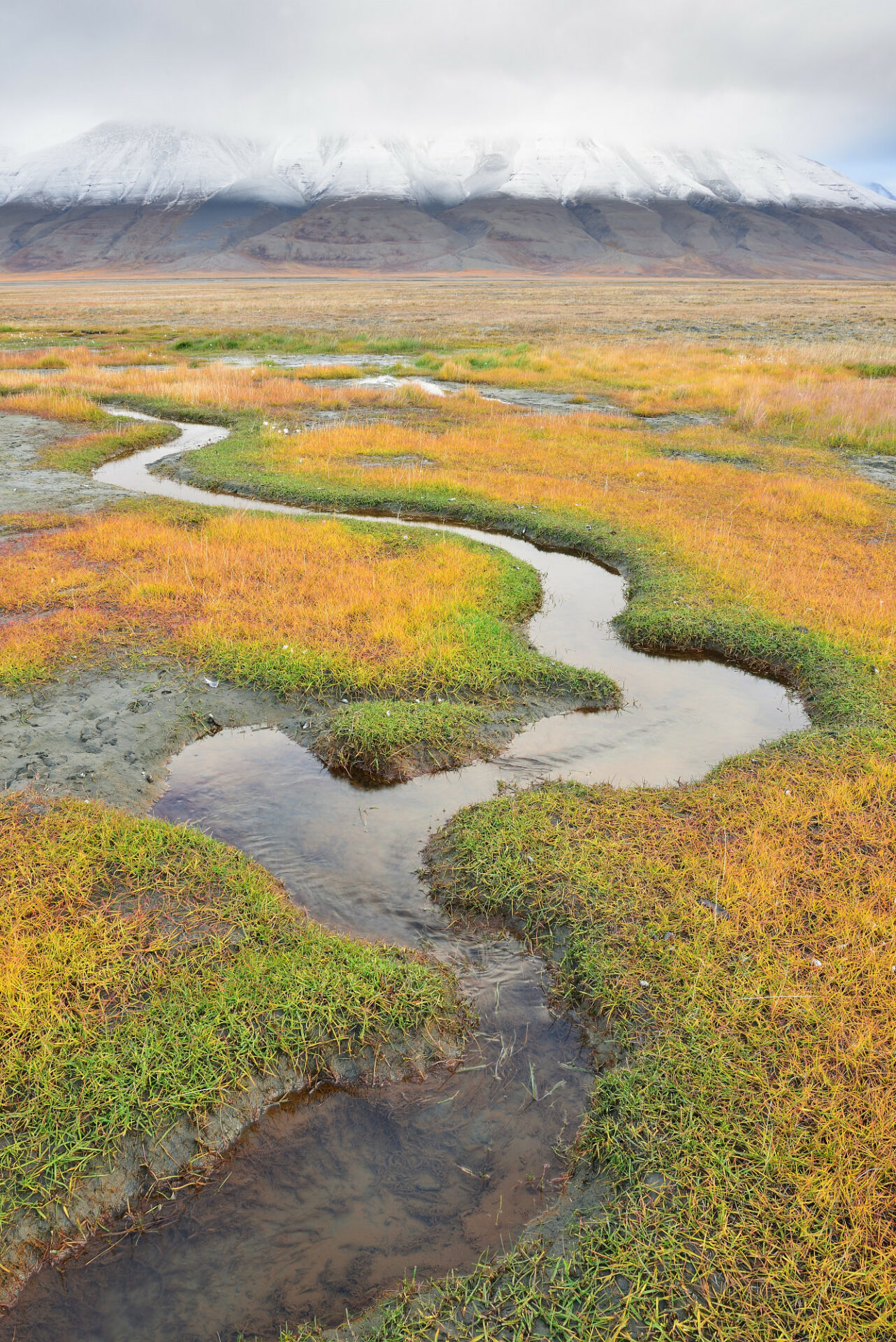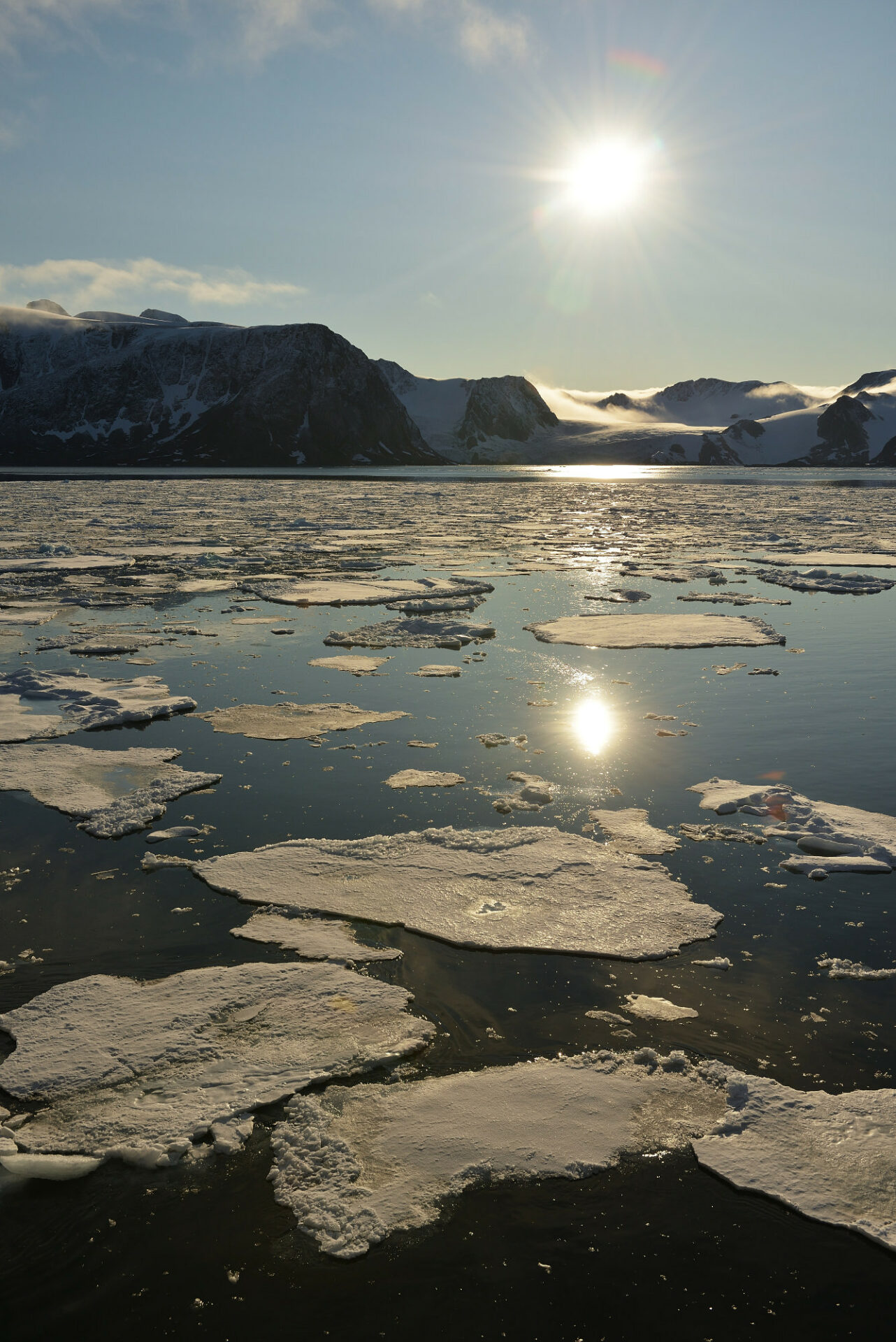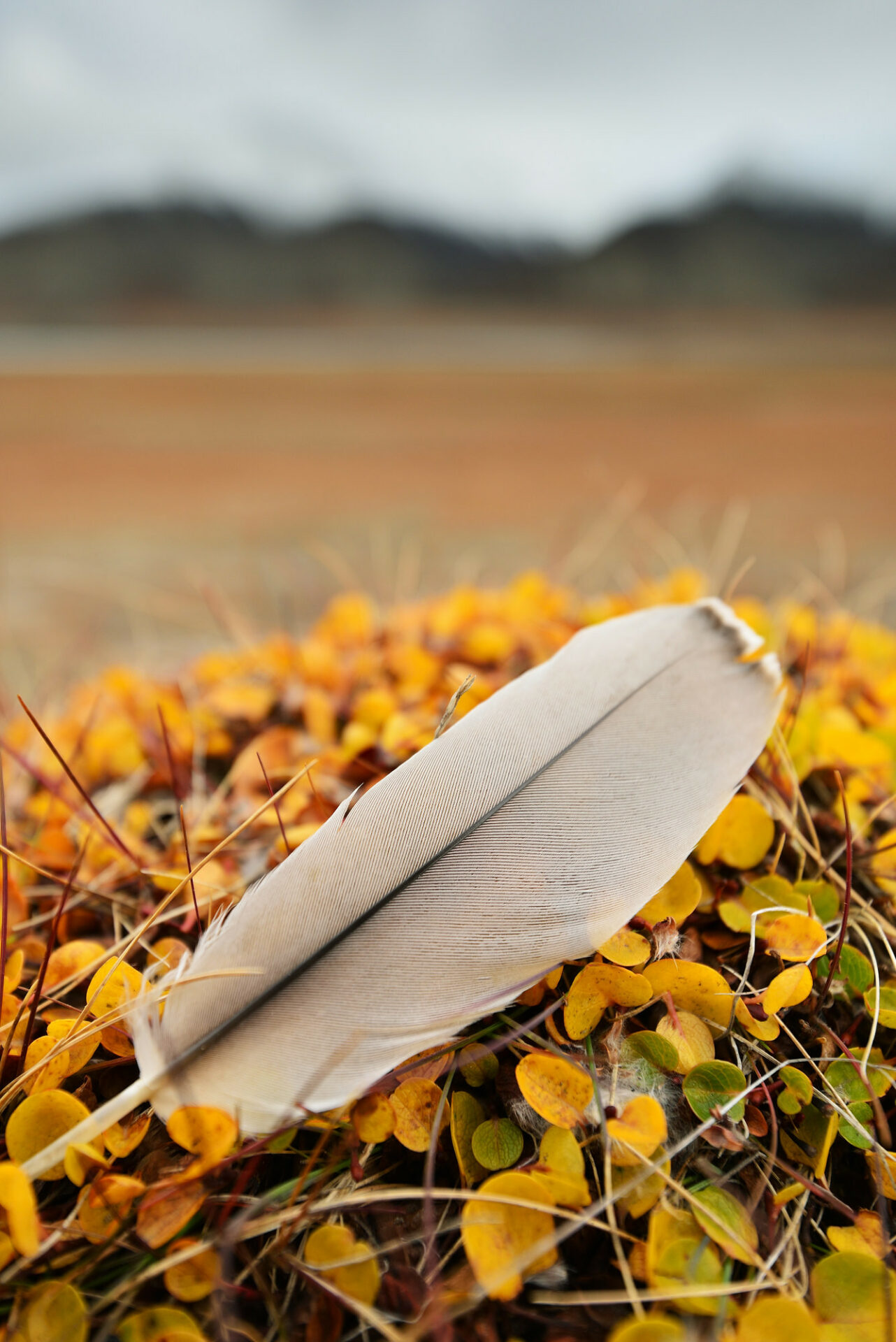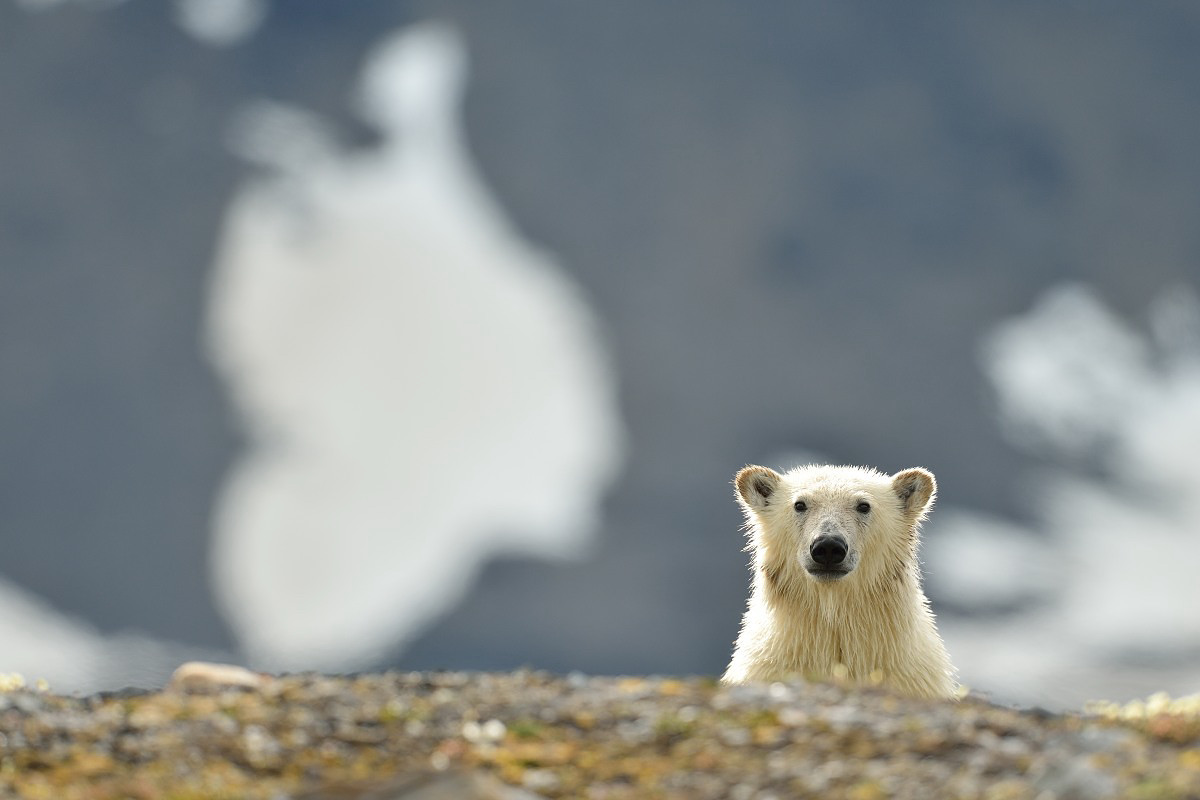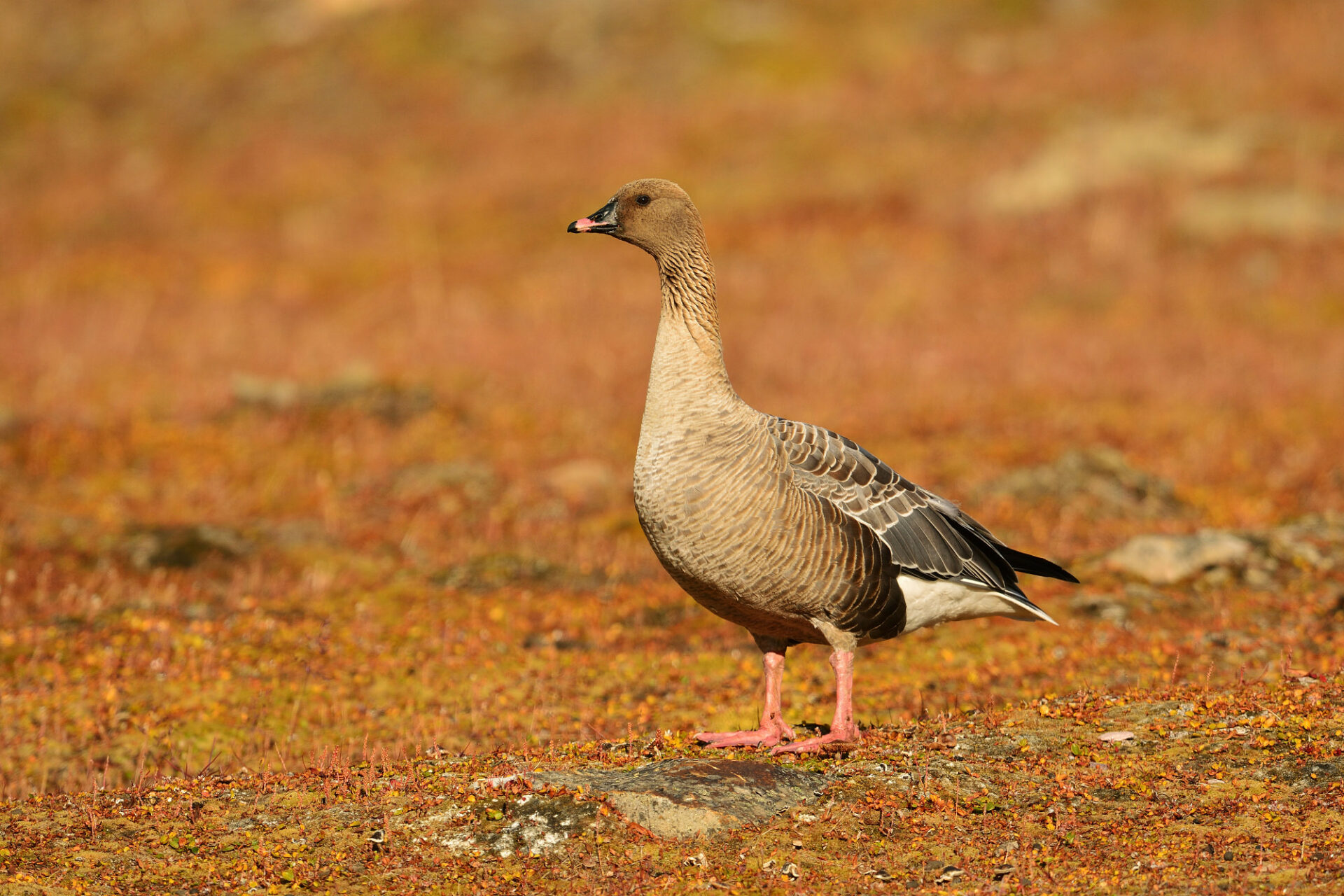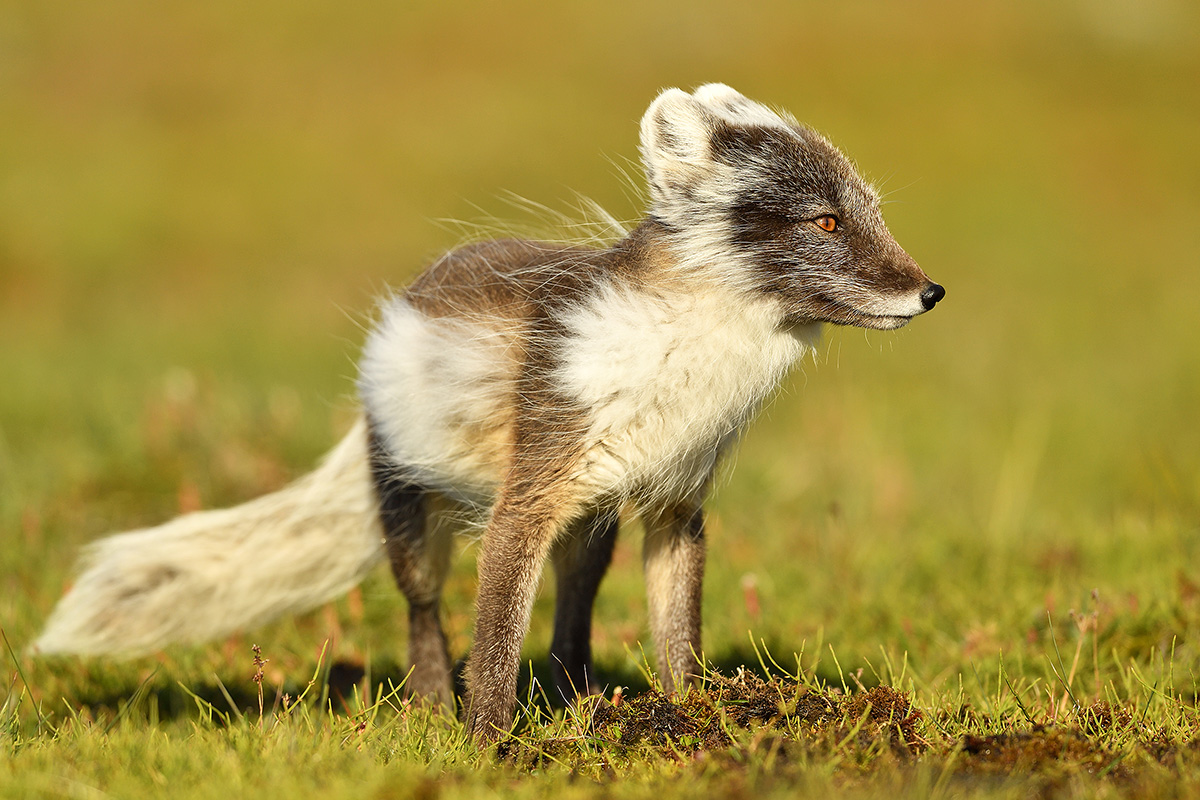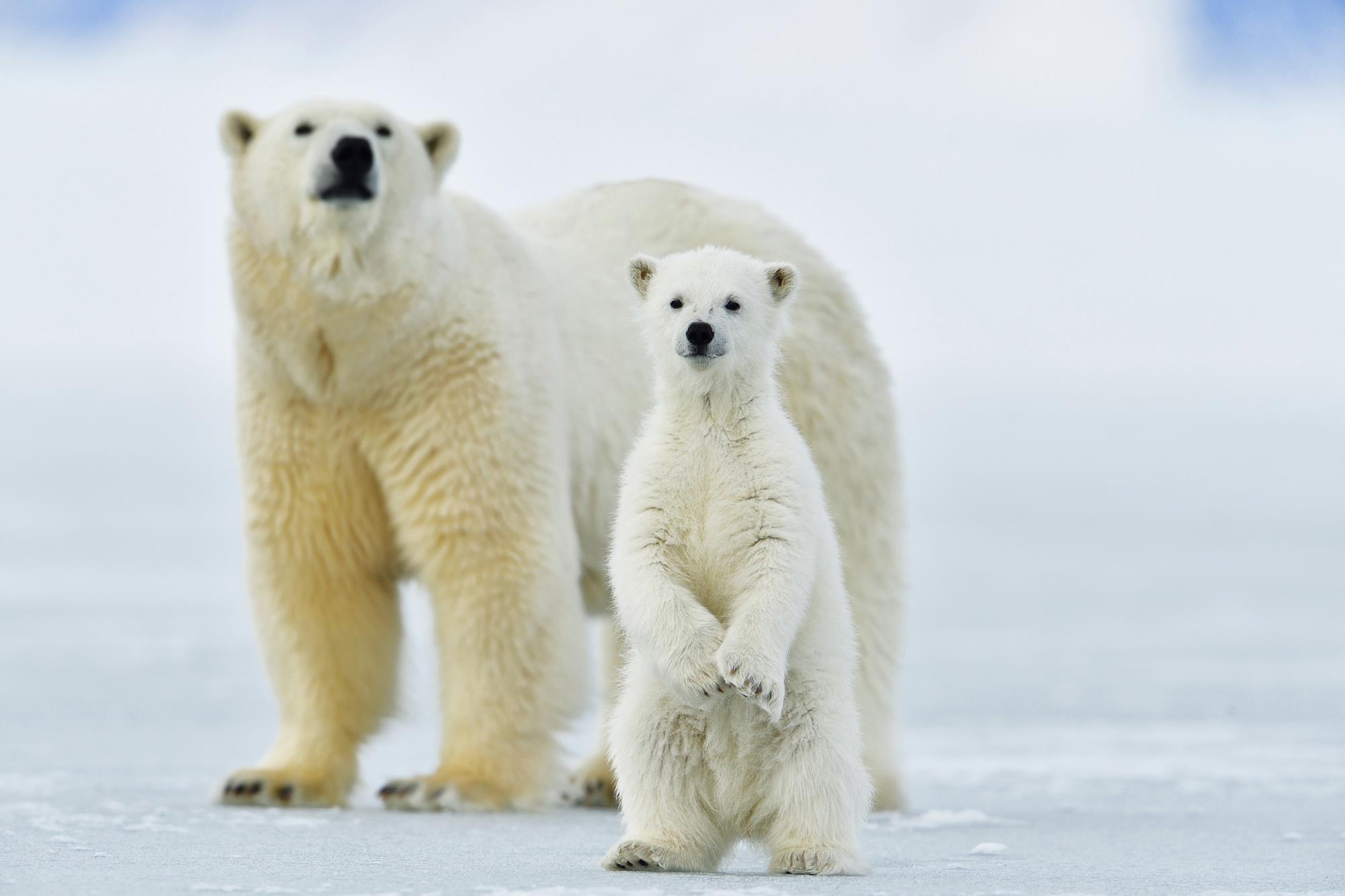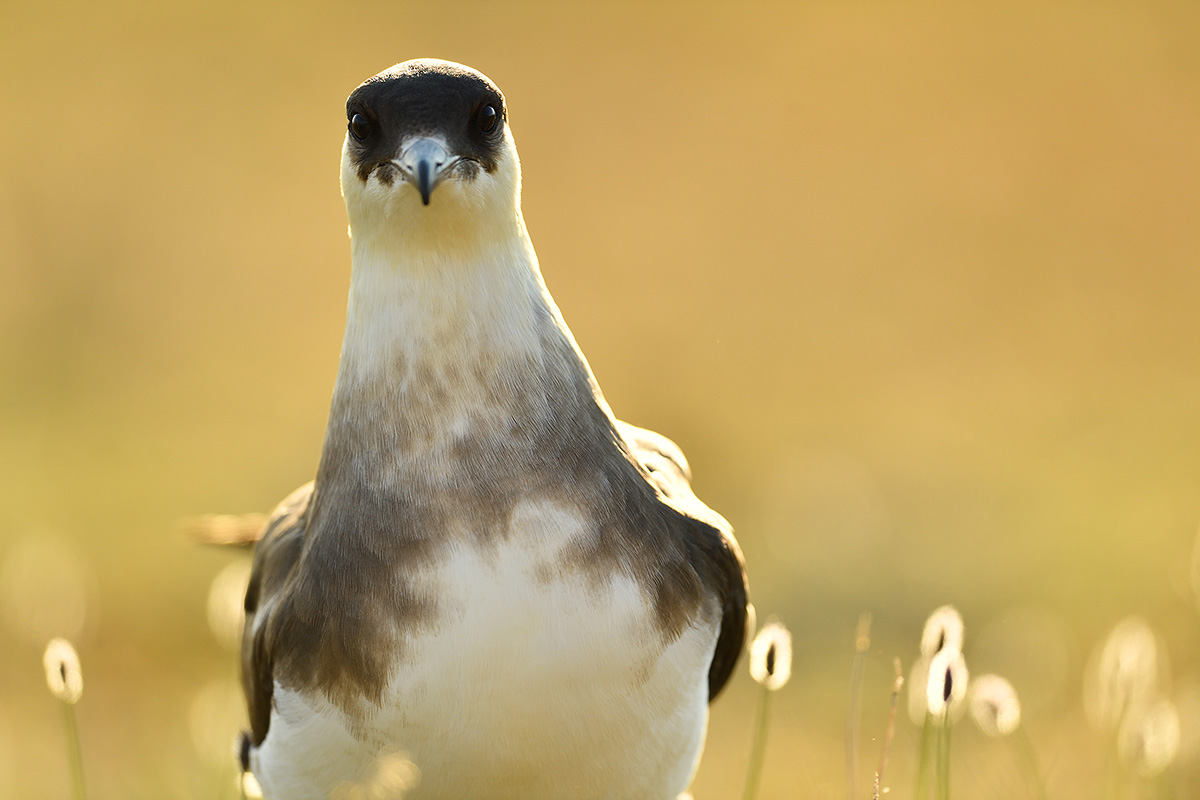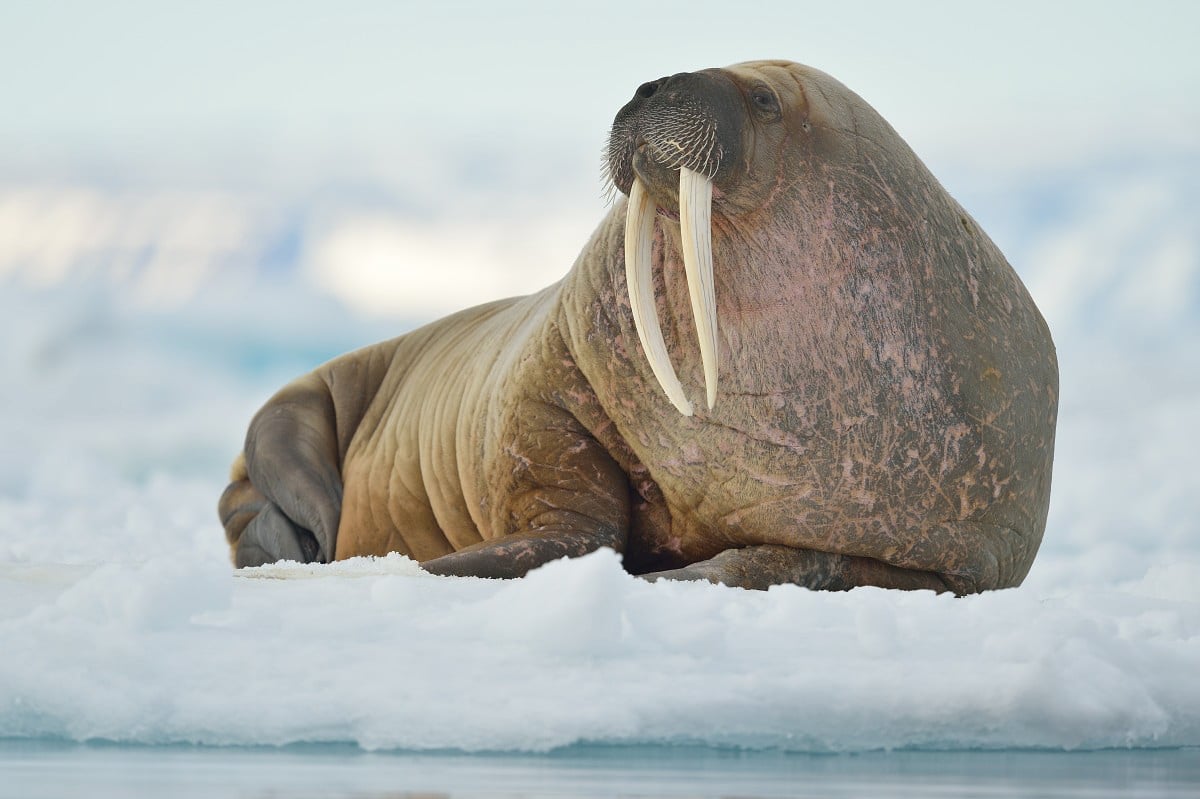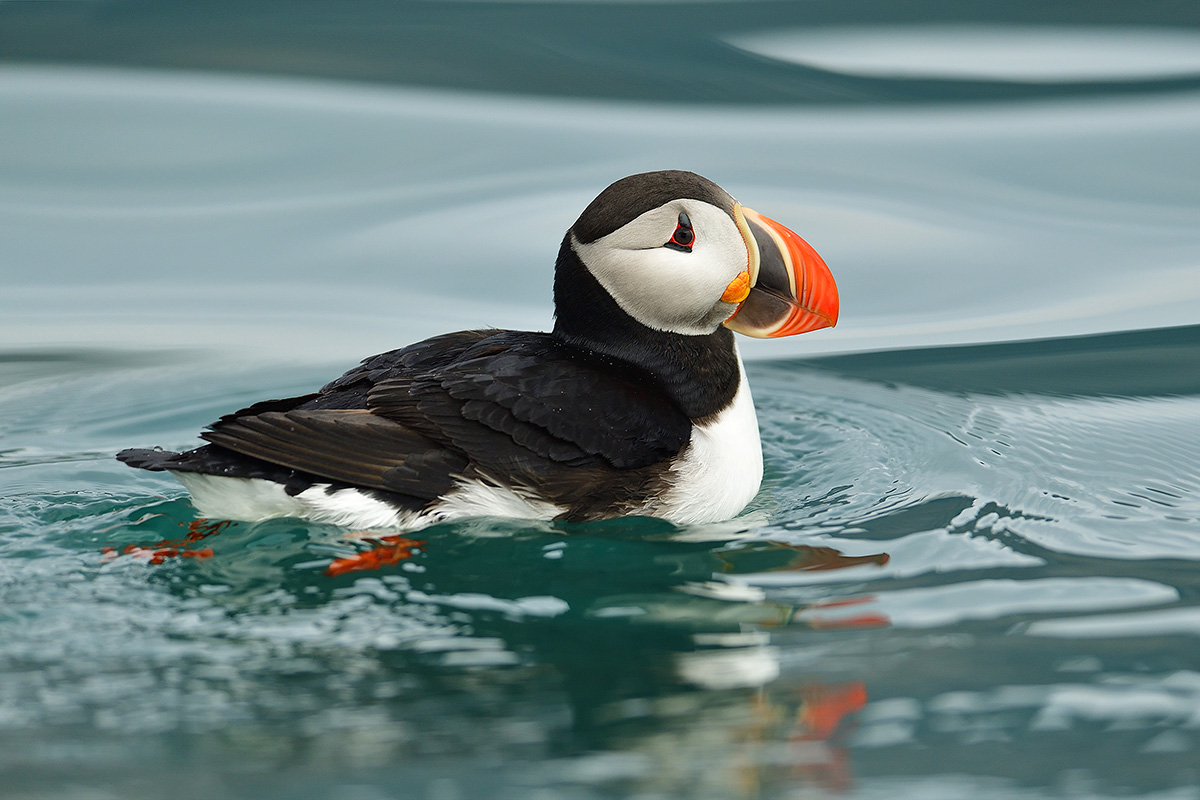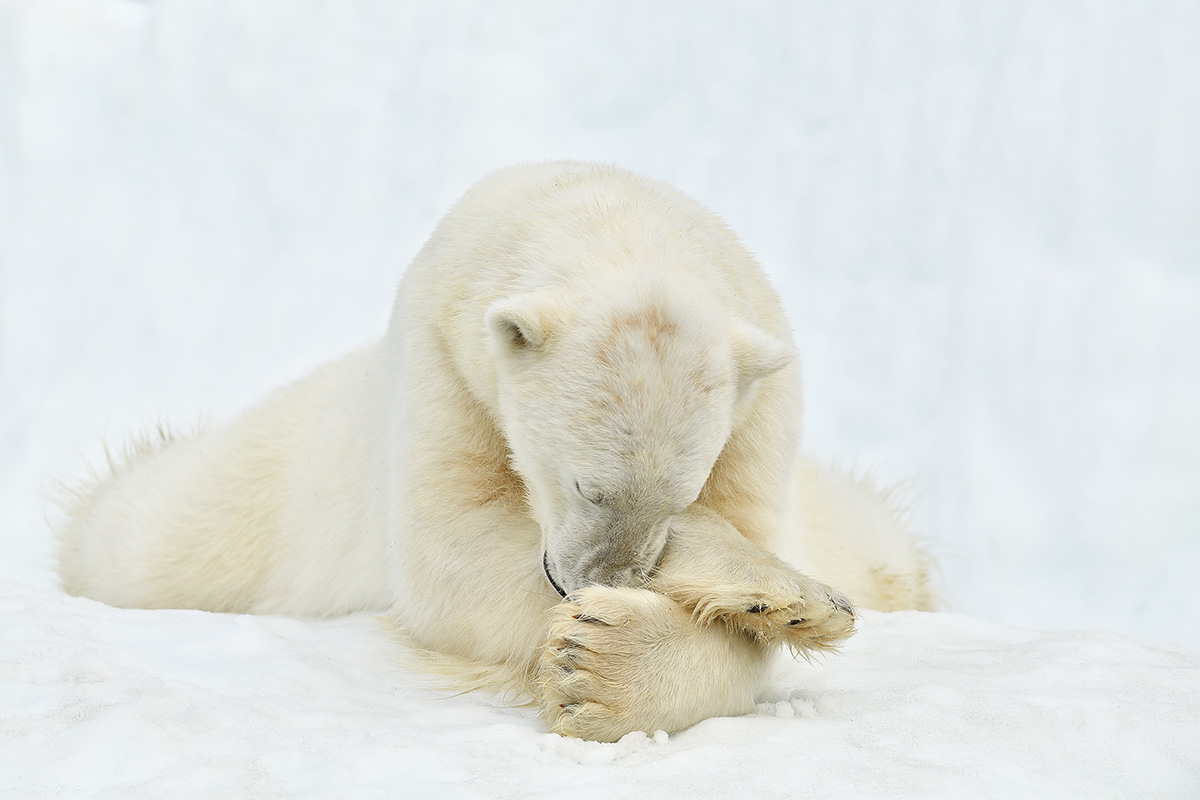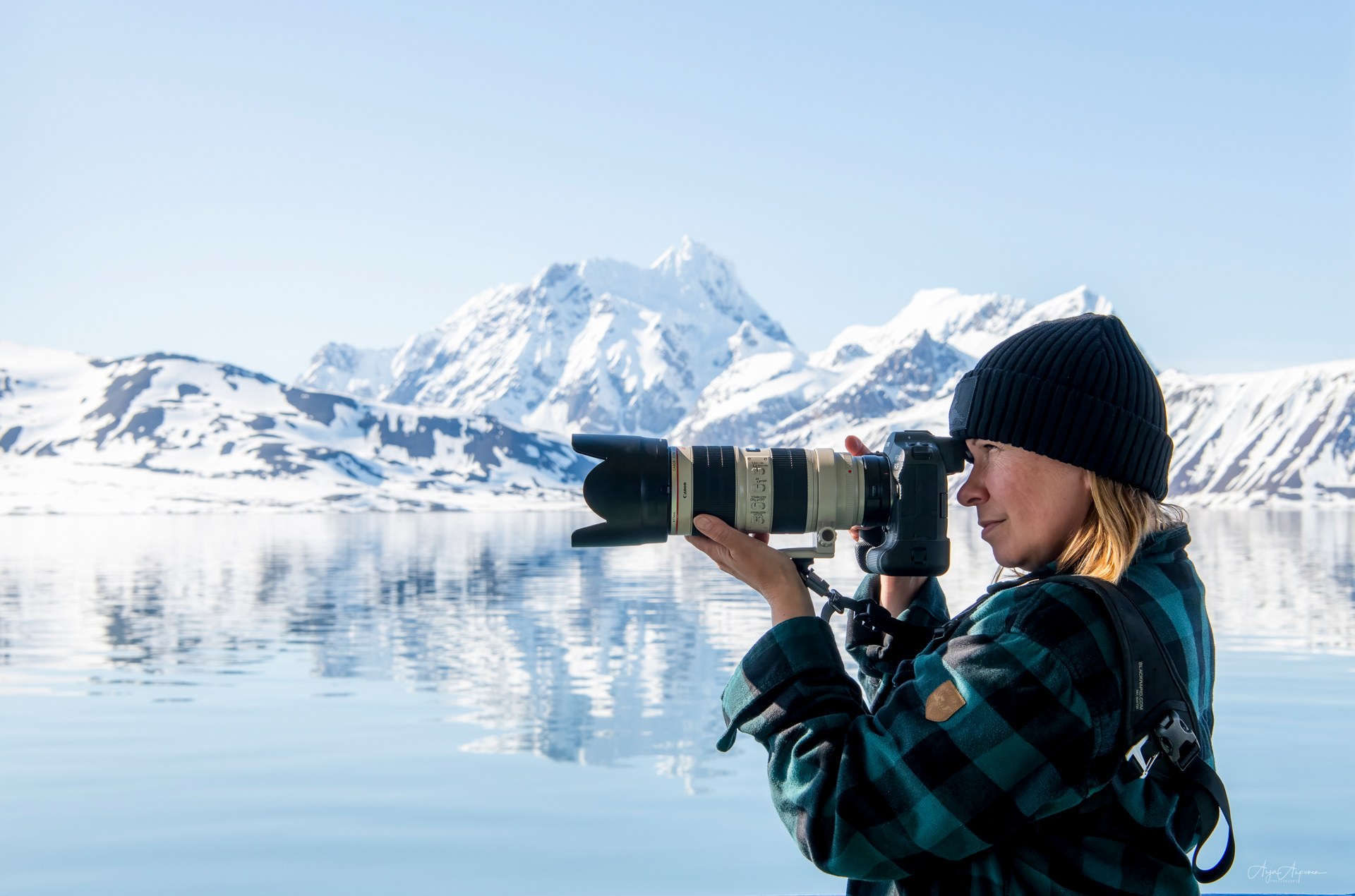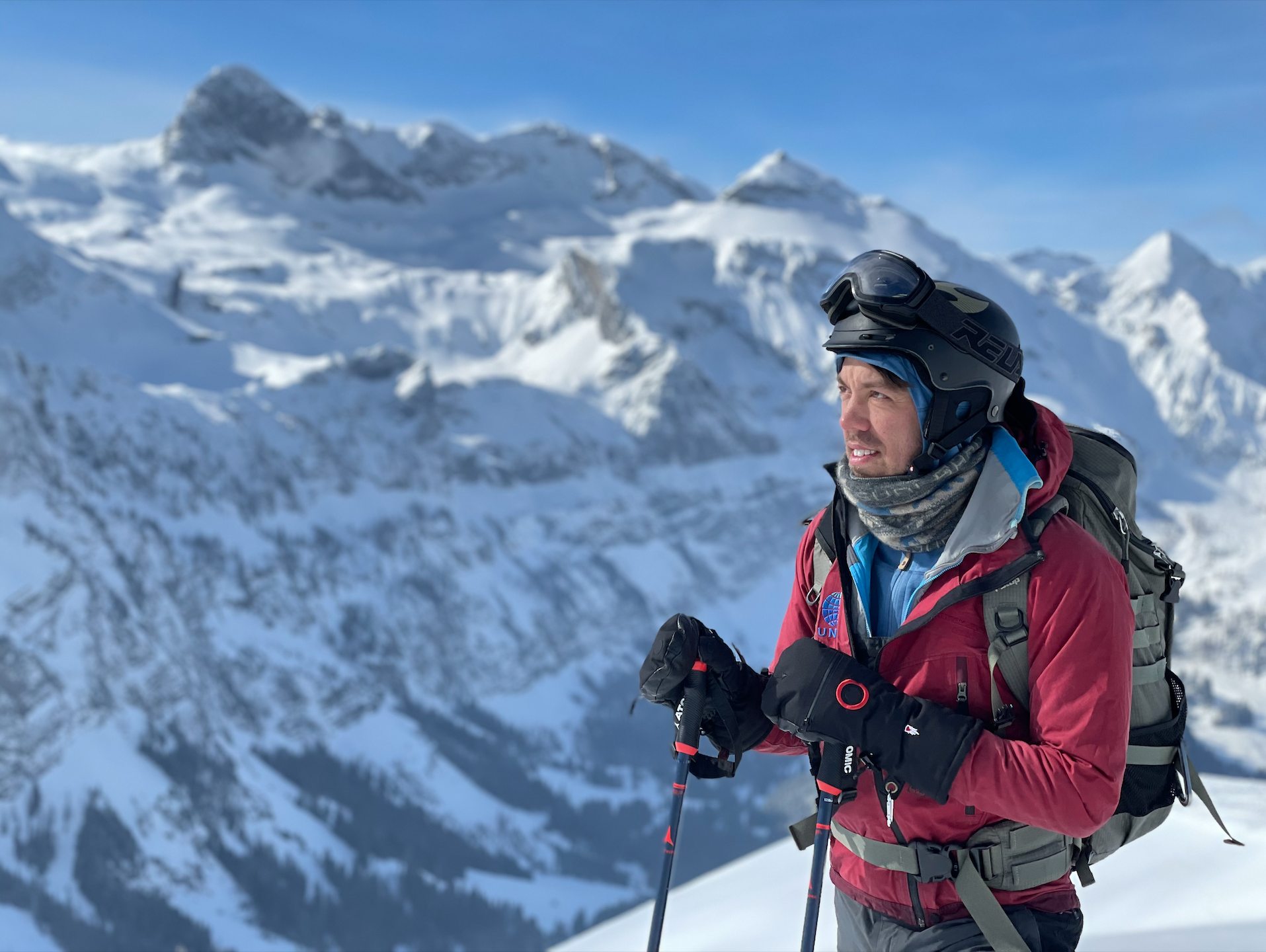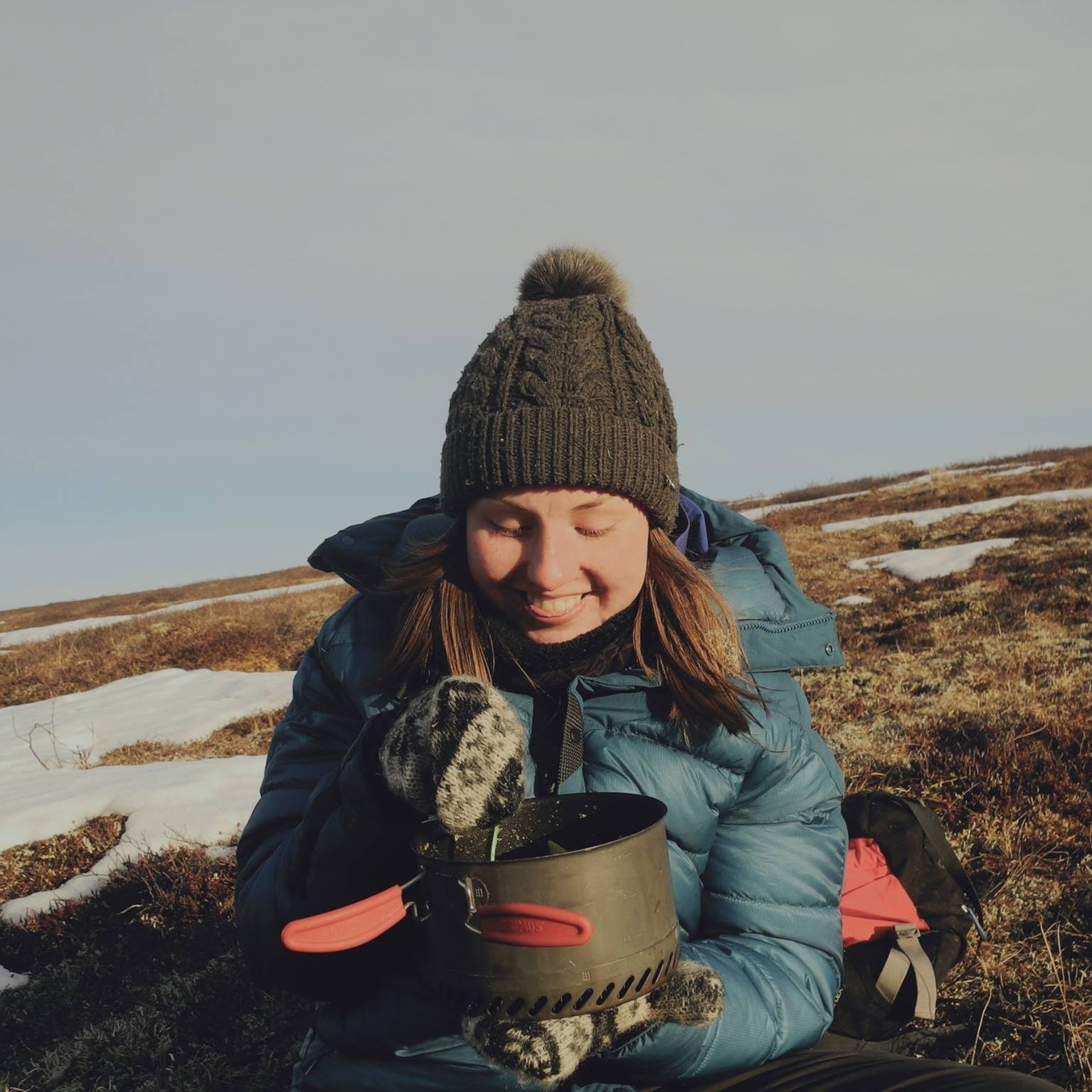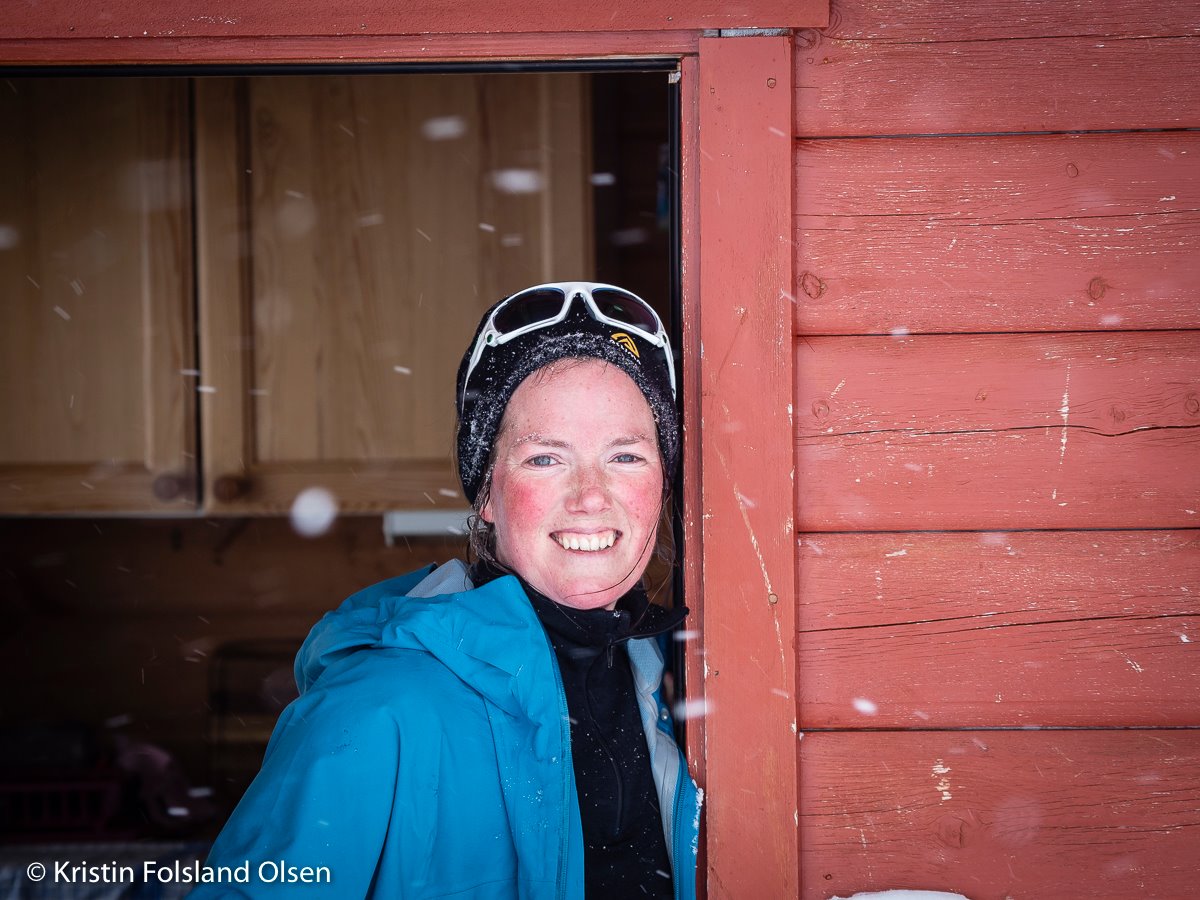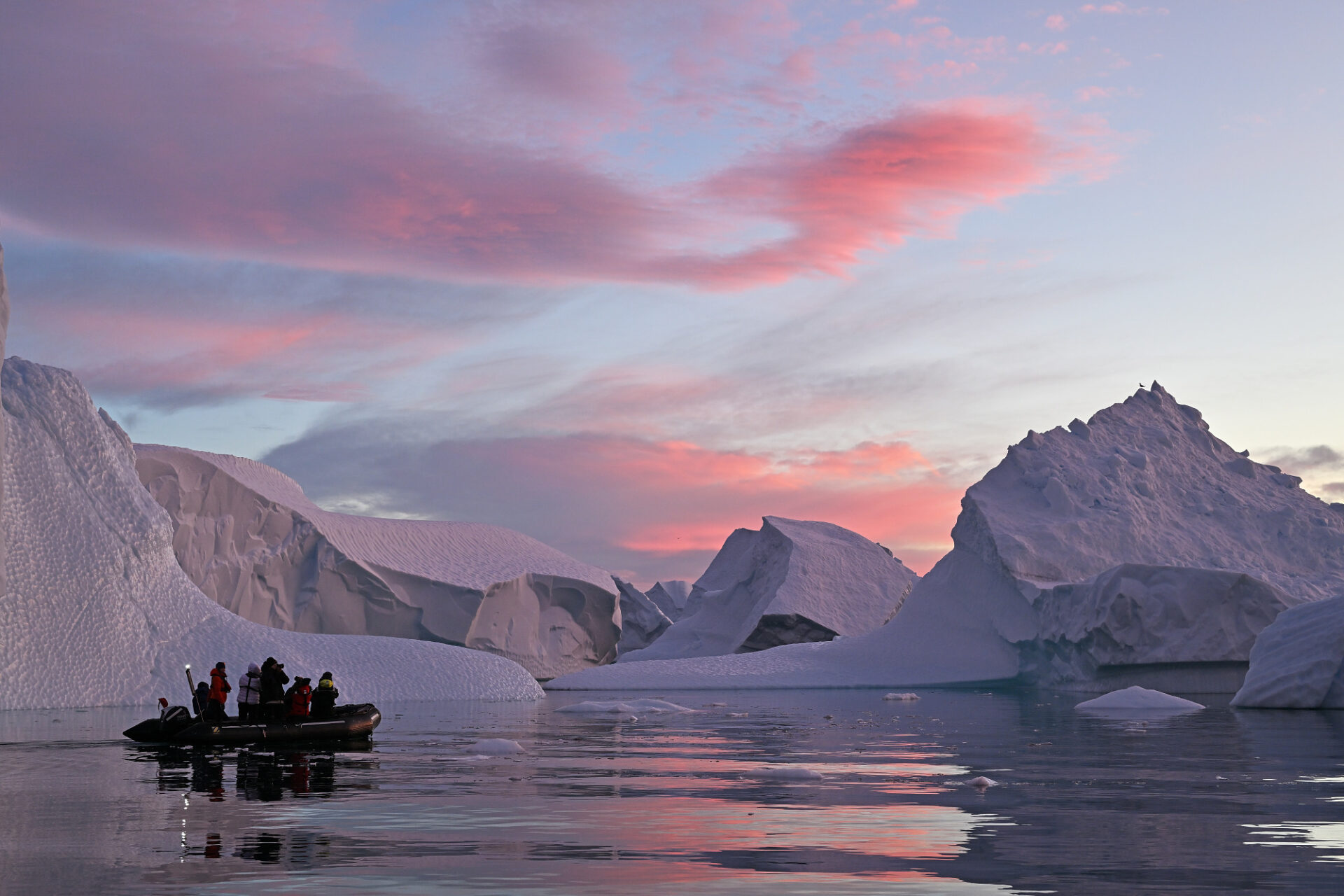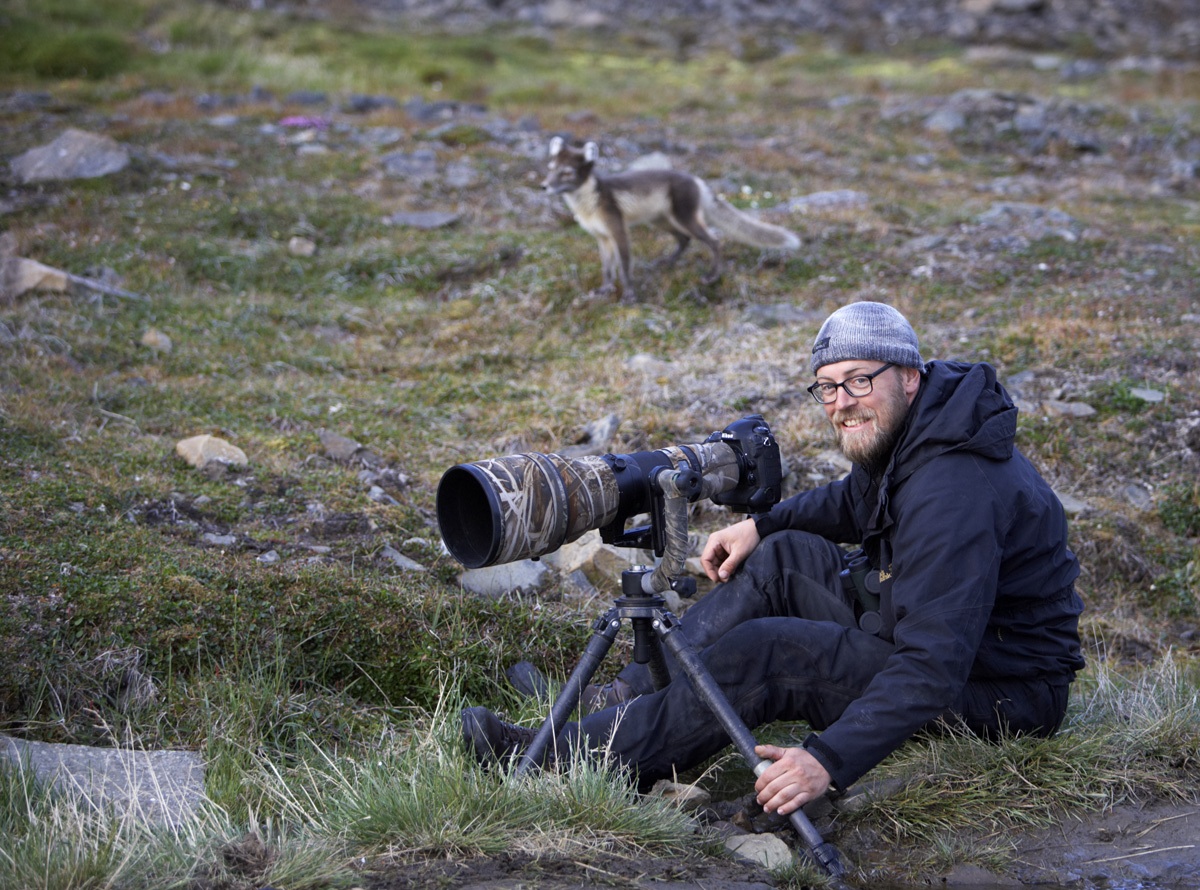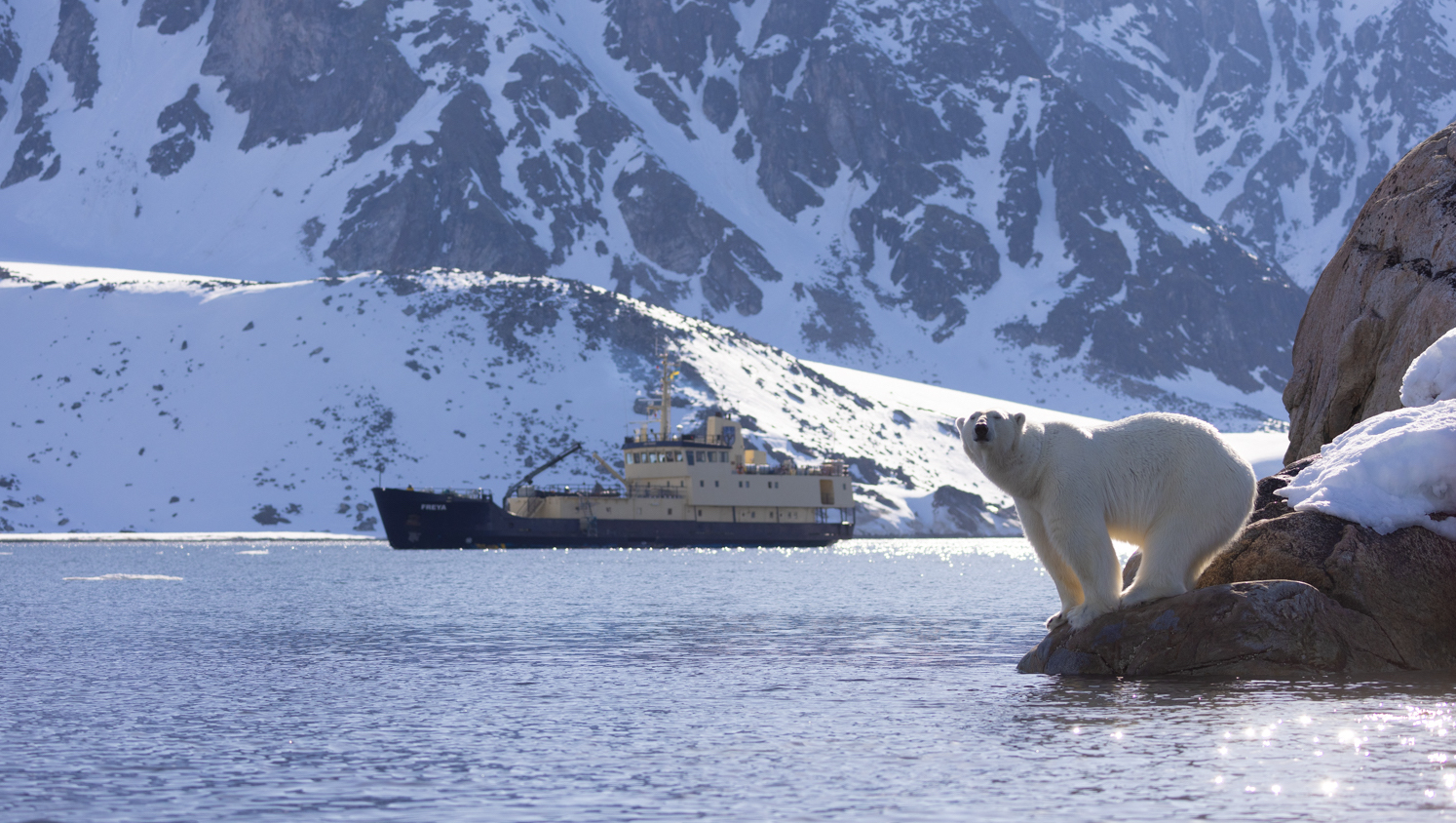Svalbard: the northern tip of Europe
Svalbard is Nordic for Spitzbergen, the archipelago named in 1596 by the Dutch explorer William Barentz. It contains 4 big islands and about 150 smaller ones. The islands were used by whalers in the 17th and 18th centuries. They became a base for scientists and coal miners in the 20th century. Today, it’s a popular outdoor destination and a great expedition starting point. No roads connect the settlements on land, where snowmobiles, aircraft and boats are the only means of transport. Longyearbyen is not your ordinary city trip destination. It harbours all the seeds of the planet in the Global Seed Vault, sponsored by Bill Gates. Designed to withstand disasters, the Arctic World Archive stores important world data in the safest location on earth. Here, data stored will last for centuries. Did you know that no one is buried in Svalbard because the frozen ground does not allow bodies to decompose? And everyone wandering outside the small city centre is armed, in case they meet a lost snow bear. Those are just a few peculiar facts about one of the most beautiful places on earth.
Wildlife in the white wilderness
The archipelago of Svalbard is the largest wilderness area in Europe, with glaciers, mountains, icebergs, and tundra creating a unique landscape. It is nature at its wildest, with 65% protected nature reserves or national parks. In total, there are 7 national parks and 23 nature reserves covering two-thirds of the archipelago. The primary land mammals are the Arctic fox, the Svalbard reindeer, and the southern voles. There are 15 to 20 types of marine mammals such as whales, dolphins, seals, walruses and polar bears. Polar bears are a Svalbard icon and one of the main tourist attractions. They are a protected species. As of 2021, Svalbard has around 300 resident polar bears. Svalbard and Franz Joseph Land share a population of 3,000 polar bears, with Kong Karls Land being the most important breeding ground. You can spot about eighty species of bird in Svalbard, most of which are migratory. There are about 20 million seabirds on the Barents Sea during late summer, with little auk, northern fulmar, thick-billed murre and black-legged kittiwake being among the most common. Sixteen species are on the IUGN Red List. Only two songbirds migrate to Svalbard to breed: the snow bunting and the northern wheatear. Rock ptarmigan is the only bird to overwinter. The flora is adapted to the midnight sun, compensating for the polar night. There are 165 species of plants on the tundra and steppe. They only grow in the areas which defrost in the summer – about 10% of the archipelago. The Svalbard poppy is the symbolic flower of Svalbard.
The Arctic seasons
In Svalbard, the climate is subpolar along the west coast and polar on the east coast. This means the temperature remains around 0 °C in summer in the east, and rises above freezing point in summer in the west. That’s why settlements like Longyearbyen are located on the western side of the main island. Each season has unique features. As Svalbard is north of the Arctic Circle, it experiences Midnight Sun in summer and Polar Night in winter.
Spring and summer (May to August)
During early summer, there is lots of sea ice around the north of Svalbard and fjords are covered with fast ice. Breeding birds come back in large numbers and are on full display. The water in the fjords becomes nutritious and full of life, attracting walruses, seals and whales. The beautiful light of the early summer sun enables you to scout and take photographs all night long. This season brings little rain or snow and temperatures vary from 0° to 6°C. The Midnight Sun makes day and night one. With more than 20 hours of the sun all summer long, it’s easy to lose track of time.
Autumn (September – October)
In autumn, the migratory birds prepare for their flight southwards, and the animals and plants get ready for winter on the tundra. Autumn is very short here, and the landscape changes quickly. The Midnight Sun is over, and the evenings get darker. A beautiful, low sun colours the landscapes golden.
Winter (November to April)
Winter temperatures in Svalbard are up to 20 °C (36 °F) higher than at similar latitudes in Russia and Canada. The warm Atlantic water keeps the surrounding waters open and navigable most of the year. Nevertheless, temperatures can drop to -14 C, and d strong winds add a significant wind chill factor. The hours of light decline, and you can see extensive twilight, in which the combination of a full moon and reflective snow can give additional light. In Longyearbyen, the Polar Night lasts from 26 October to 15 February, when the only natural light sources are the moon, the stars and the Northern Lights. In the weeks before and after the Polar Night, you can experience the magical blue light (the ‘blue hour’), a favourite time for many photographers. Polar night makes December and January dark 24 hours a day. March to May is the ‘pastel winter‘, when the darkness transitions to light, casting beautiful pastel colours over the snow-covered landscape.
